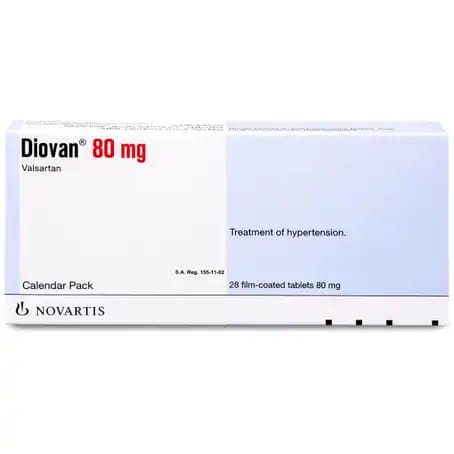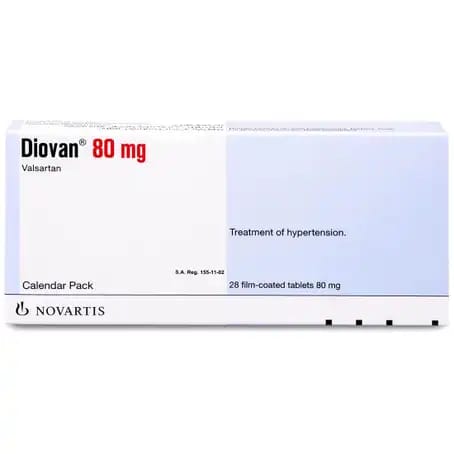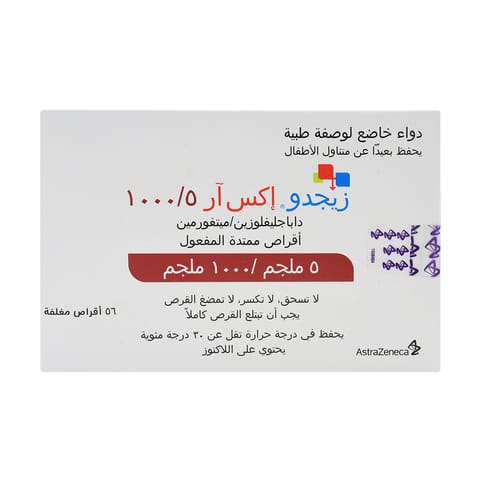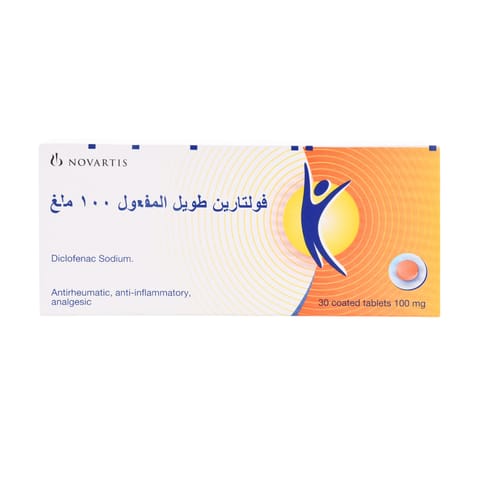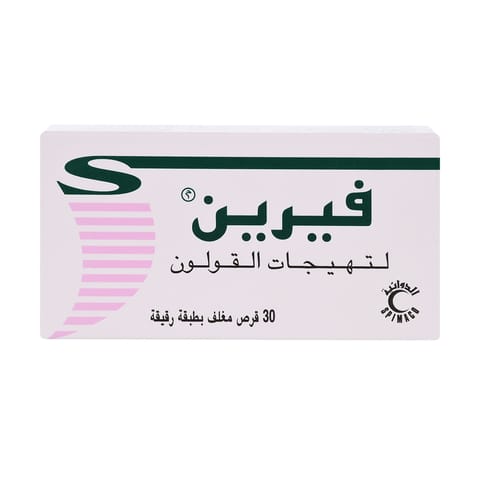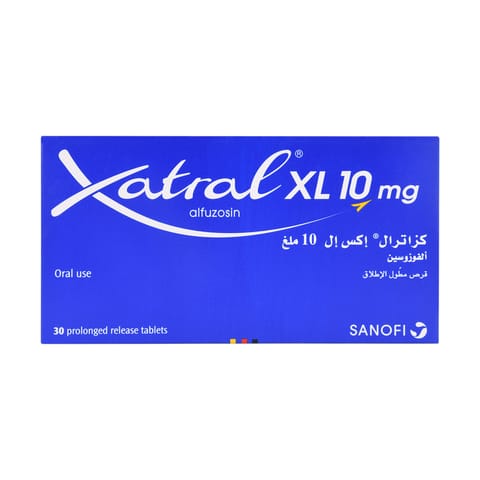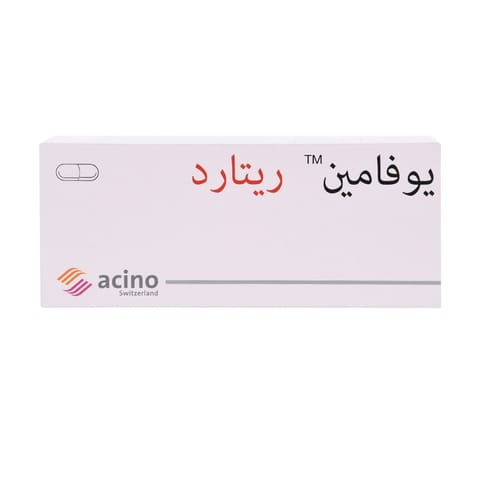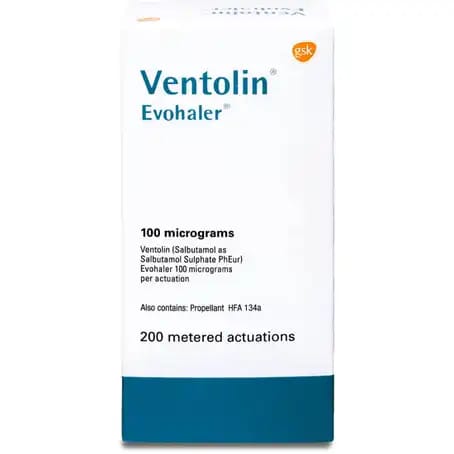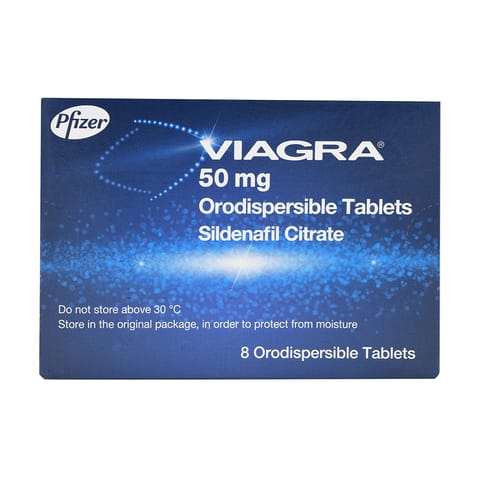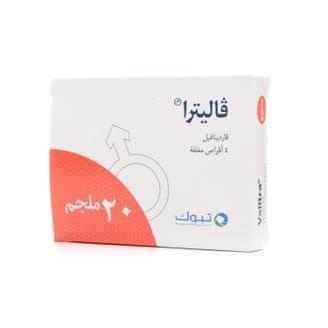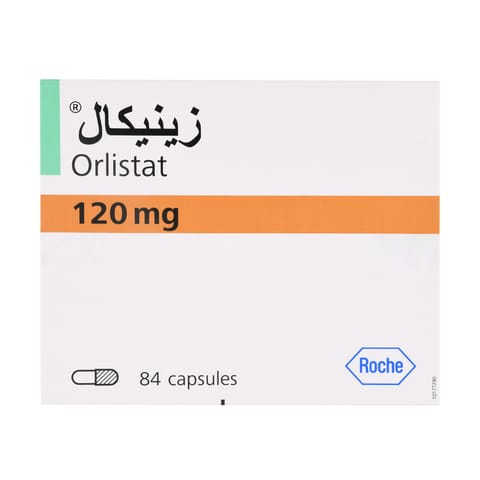Valsartan is used to treat high blood pressure (hypertension) in adults and children who are at least 6 years old. Valsartan is sometimes given together with other blood pressure medications.Valsartan is also used in adults to treat heart failure, and to lower the risk of death after a heart attack.
26464- Home
- Medicines
- Prescribed Medicines
- Diovan 80 mg Tablet 28pcs
Diovan 80 mg Tablet 28pcs
Valsartan is used to treat high blood pressure (hypertension) in adults and children who are at least 6 years old. Valsartan is sometimes given together with other blood pressure medications.Valsartan is also used in adults to treat heart failure, and to lower the risk of death after a heart attack.
Administration
Oral: Administer with or without food.
Dietary Considerations
Avoid salt substitutes which contain potassium.
Hypertension
Indicated for treatment of hypertension by lowering blood pressure (BP)
Initial
Monotherapy in patients not volume-depleted: 40-80 mg PO BID
Patients requiring greater BP reduction: 80 mg PO BID
Maintenance
Antihypertensive effect is substantially present within 2 weeks and maximal reduction is generally attained after 4 weeks
If additional antihypertensive effect required beyond the starting dose, the total daily dose may be increased to a maximum of 320 mg or a diuretic may be added
Addition of a diuretic has a greater effect than dose increases beyond 80 mg
Total daily dose range: 80-320 mg/day
May be administered with other antihypertensives
Heart Failure
Indicated for the treatment of heart failure (NYHA class II-IV) to reduce the risk of hospitalization for heart failure in patients unable to swallow valsartan tablets
Initial: 40 mg PO q12hr
Titrate to 80 mg and 160 mg BID, as tolerated
Consider reducing dose of concomitant diuretics
Not to exceed 320 mg/day
Post-Myocardial Infarction
Indicated to reduce the risk of cardiovascular death in clinically stable patients with left ventricular failure or left ventricular dysfunction following myocardial infarction (MI) who are unable to swallow valsartan tablets
May be initiated as early as 12 hours after MI
20 mg PO q12hr initially, then increased to 40 mg PO q12hr within 7 days, with subsequent titrations to target maintenance dose of 160 mg BID as tolerated
If symptomatic hypotension or renal dysfunction occurs, consider dose reduction
May be administered with other standard post-MI treatment including thrombolytics, aspirin, beta-blockers, and statins
Dosage Modifications
Renal impairment
CrCl ≥30 mL/min: No dose adjustment necessary in adults
CrCl <30 mL/min: No dosage adjustments provided in the manufacturer’s labeling; use caution
Dialysis: Drug is not significantly removed through dialysis
Hepatic impairment
Mild-to-moderate liver impairment: No dosage adjustments necessary
Severe liver impairment: No dosage adjustments provided in the manufacturer’s labeling
Dosing Considerations
Generally, adjust dosage monthly (maximal reduction of BP attained after 4 weeks); adjust more aggressively in high-risk patients and patients with comorbidities
Ratings & Reviews
Related products

XIGDUO
XIGDUO Xigduo XR 5/1000 56 tab
VOLTAREN
Voltaren Ret 100Mg 30 Tab
VERINE
VERINE Verine 135mg 30 Tab
XATRAL
XATRAL Xatral XL 10 mg 30 Tab
UVAMIN
UVAMIN Uvamin 100mg Retard 20 Cap
VENTOLIN
Ventolin 100 Mcg Evohaler
SOLPADEINE
Solpadeine Capsule 20pcs
VENTOLIN
VENTOLIN Ventolin Solution 20ml
VIAGRA
VIAGRA 50Mg-8 Tab
VESICARE
VESICARE Vesicare 5 mg 30 Tab
VALITRA
VALITRA 20Mg-4 Tab
XENICAL
XENICAL Xenical 120 mg 84 CapRecently viewed
Whenever you need help, just
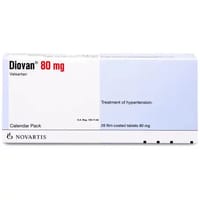
Added to cart
Cart total
SAR 0.00
